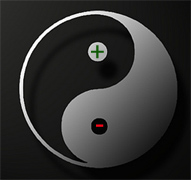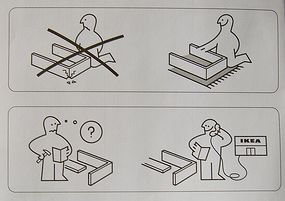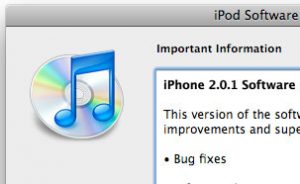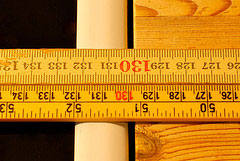Topics
Topics

8 Research Based Insights For User Experience Surveys
It’s easy to get derailed when writing a survey or questionnaire. On top of worrying what to ask and who to ask, you have to worry about how to ask the questions so you don’t distort the real views of the respondents. Here are eight things to help make the process a little smoother: Use

Are both positive and negative items necessary in questionnaires?
There is a long tradition of including items in questionnaires that are phrased both positively and negatively. This website was easy to use. It was difficult to find what I needed on this website. The major reason for alternating item wording is to minimize extreme response bias and acquiescent bias. However, some recent research[pdf] Jim

Survey Items Should Include A Neutral Response: Agree, Disagree, Undecided?
Few things tend to generate more heated debate than the format of response options used in surveys. Right in the middle of that debate is whether the number of options should be odd or even. Odd numbered response scales include a neutral response whereas even ones do not. Research generally shows that including a neutral

Will The Real Task-Time Please Stand Up?
Why spend more time completing a task when it could be done in less time? Users become very cognizant of inefficient interactions and this is especially the case with tasks that are repeated often. Task time is the best way to measure the efficiency of a task and it is a metric that everyone understands.

Diagnosing Interaction Problems With Cause And Effect Diagrams
It’s good to think positively, but sometimes, negative thinking can solve problems more effectively. There’s no shortage of problems on websites and software. Many of them are interaction problems. Users can’t login Visitors can’t find the products in the navigation Customers are calling support Sales are low Conversion rate are down Fixing Symptoms not Problems

Six Controversial Topics In Usability
Every field has its set of hot-button issues and usability is no exception. Here are six topics that tend to generate some passionate discussions. 1. Quantifying usability: Usability is all about the user (i.e. people). Talk of using numbers to describe human computer interaction gets some upset. Usability is typically considered a qualitative activity and

What Is A Good Task-Completion Rate?
It depends (you saw that coming). Context matters in deciding what a good completion rate is for a task, however, knowing what other task completion rates are can be a good guide for setting goals. An analysis of almost 1200 usability tasks shows that the average task-completion rate is 78%. The Fundamental Usability Metric A

How well can users predict task-level usability?
Ask a user to complete a task and they can tell you how difficult it was to complete. But can a user tell you how difficult the task will be without even attempting it? It turns out the task description reveals much of the task’s complexity, so users can predict actual task ease and difficulty

Usability As A Key Driver Of Revenue
Many companies understand the importance of user centered design in theory. Few can track how money invested in improving the user experience translates into profitability. By quantifying design efforts and outcomes all organizations can benefit from understanding how improving the user experience can improve revenue. The Engine of Growth If you can imagine revenue being

8 Ways To Show Design Changes Improved The User Experience
A lot of effort goes into simplifying interactions, reducing bugs and enhancing features. While these changes may be obvious to some, they can be taken for granted by others (especially those in charge of budgets). It is valuable to document both the effort that goes into improving the user experience and the result of all

How To Quantify Comments
Just because customer information is qualitative doesn’t mean you can’t use some quantitative methods to help interpret and prioritize your findings. Quantifying the frequency of comments with a confidence interval helps you estimate a sentiment in the total user population. Analyzing and prioritizing comments is a common task for the user researcher. Open ended comments

10 Tips For Benchmark Usability Tests
How usable is a website or software application? To know if design changes improved the usability of an application, you first need a baseline measure of usability from a benchmark test. Here are 10 tips to use when planning your next benchmark test. Recruit for representativeness over randomness: It will be difficult to select a